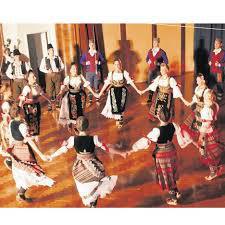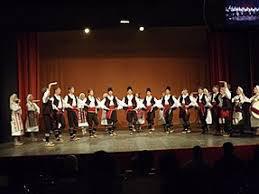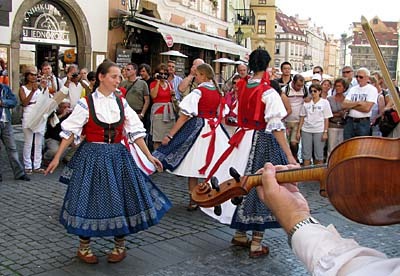
Czech folk dances



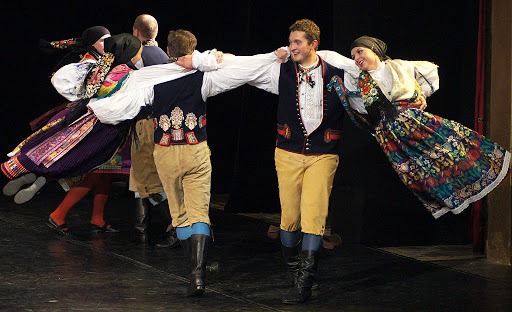
The expression of folk dance, common today in the history of dance appears in the history of dance relatively late. Only in the 12th century dances begin to distinguish according to who dances - the dance of the ruling class (court dance) is separated from the dance of the subjects. It is primarily about differentiating the style of dance, although of course new dances designed for noble society only arise, it is difficult to assume that since the 12th century the nobility danced fundamentally and always something else. and the dancers of the bourgeoisie and the unborn were trying to see what was new in the dance.
 As used to be danced in Bohemia
As used to be danced in Bohemia
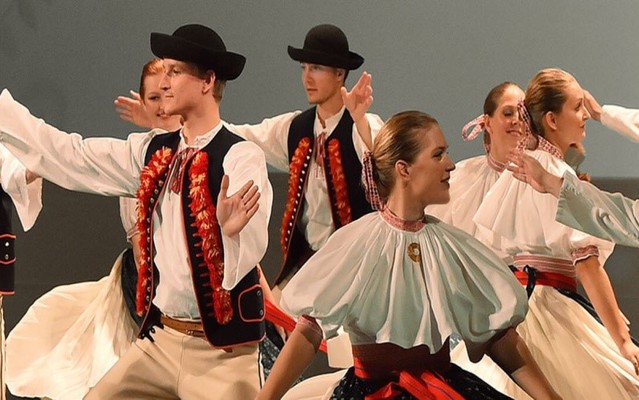
Under this title, with the subtitle History of Dance in Bohemia, Moravia, Sezsko and Slovakia from the earliest times until the end of the 19th century, with special regard to the history of dance in general, was published in 1898 an important work of ethnographer and folklorist Cenek Zibert. The book was second published in 1960.
TURKEY
MANISA KIRKAGAC ATATURK SECONDARY SCHOOL
STUDENTS OF M.ATLI PROJECT TEAM 1
"ZEYBEK"
Khust Specialized school 3, Ukraine
Traditional Ukrainian dances are really diverce depending on the region. The most famous ukrainian dance is, of course, is hopak. Alina has found very beautiful pictures of hopak:
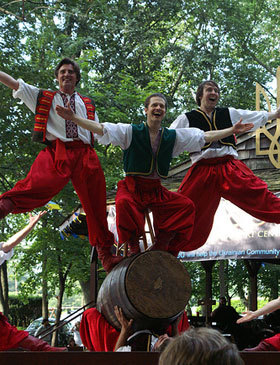
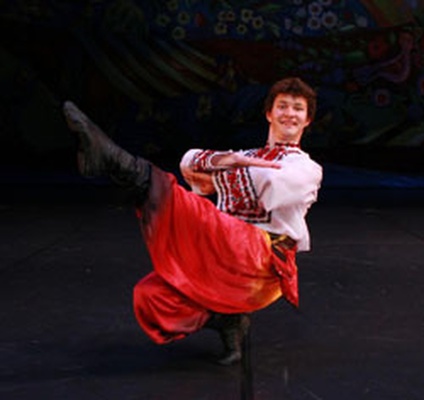
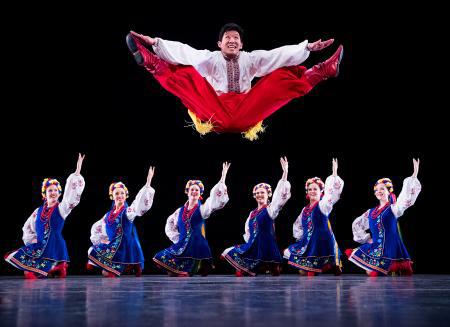
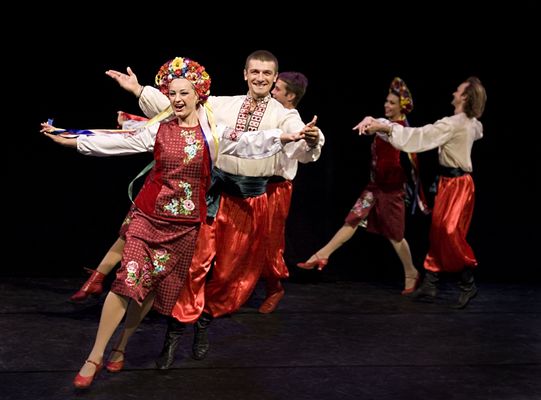
In Transcarpathia we have other traditional dances:
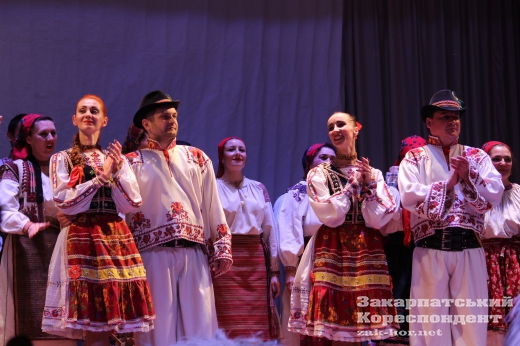
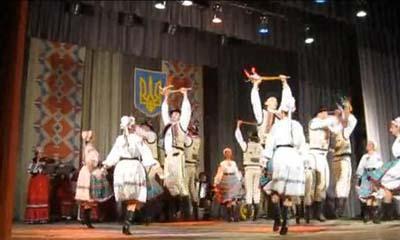
DONIKA LICI - KONGRESI I MANASTIRIT ALBANIA
One of the most beautifull dances in Albania is Tropoja dance. Here are my students dancing
This is Kukësi dance
THIS IS TROPOJA DANCE
TURKEY
MANISA KIRKAGAC ATATURK SECONDARY SCHOOL
STUDENTS OF A.ATLI PROJECT TEAM 2
"HORON"
Vuk Karadžić Primary School, Kruševac, Serbia
Serbian traditional dance is KOLO. It is danced in a circle.
